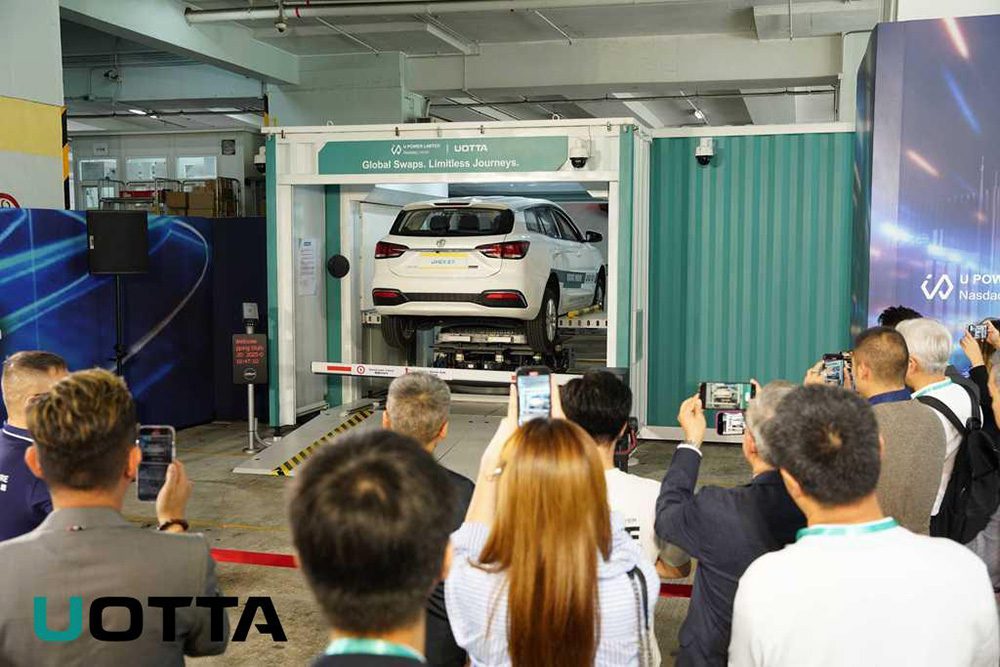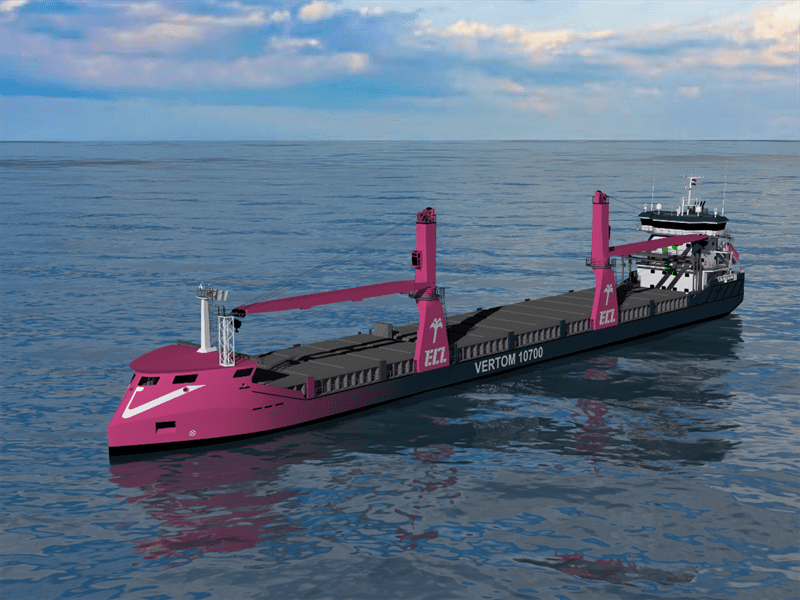Hydrocarbon fuels have energy densities that are at least 100 times greater than that of current lithium-ion batteries. Even with projected improvements in battery technology as far out as 2045, batteries are still expected to be significantly less energy-dense than gasoline.
However, the energy density of the actual storage medium may not be the best measure to use when comparing conventional vehicles and BEVs. An analysis by a team at Argonne National Laboratory (ANL) has found that by 2045, some configurations of battery electric vehicles (BEVs) could become almost as energy-dense as legacy vehicles, if the efficiency of the powertrain as a whole is considered.
In “Comparing the Powertrain Energy Densities of Electric and Gasoline Vehicles,” presented at the recent 2016 SAE World Congress, Ram Vijayagopal and colleagues explain that making such a comparison requires assessing the efficiency of the conversion of the stored energy to useful mechanical energy to propel the vehicle.
The team compared three mid-size passenger cars: a gas car that can run 300 miles on a tank; a BEV with a range of 100 miles, comparable to many current models; and a BEV with a range of 300 miles to match the range of the gas vehicle.
They modeled, in five-year increments, projected changes in vehicle weight reduction, battery technologies, powertrain components, power and energy requirements, and powertrain energy and power densities.
They then calculated the “Ratio of the Powertrain Energy Density” of the gasoline vehicle to the BEV.
They found that current gas-powered vehicles require about 10 times more energy input per kg of vehicle powertrain mass, compared to BEVs. They predicted a significant decrease in energy consumed by the gas vehicle, thanks to innovations such as start-stop systems. However, even with projected improvements, gas vehicles in 2045 will still need almost twice as much energy input per kg compared to the 300-mile BEV.
On the other hand, although the BEV is more efficient, its greater mass results in spending more energy at the wheel per kg of the vehicle powertrain mass. This should improve as battery weight is reduced, and other components become more efficient.
“By 2045, BEV 300s will be comparable to conventional vehicles in terms of the energy spent at the wheel per kg of the powertrain mass,” write Vijayagopal and his team.
Source: Argonne National Laboratory via Green Car Congress


















































































